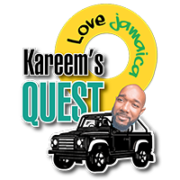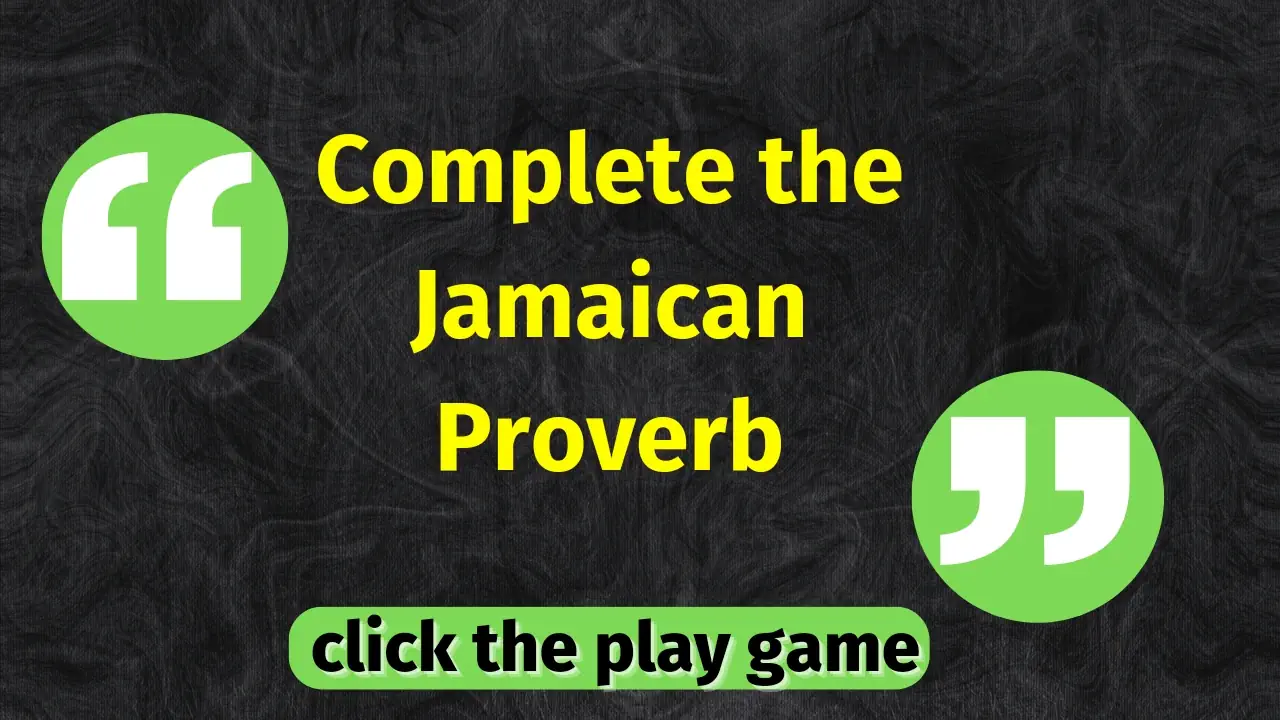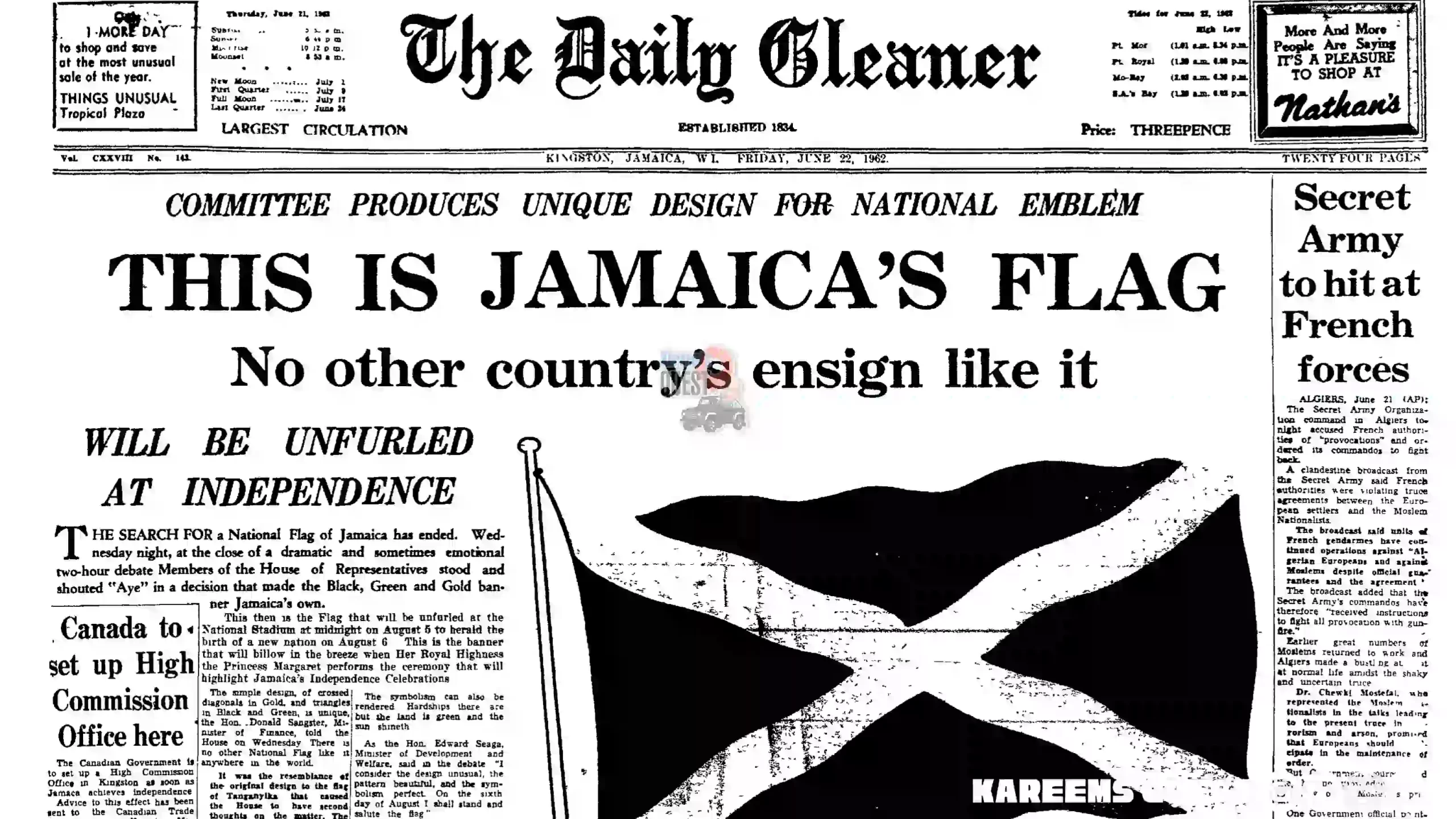
The words of Dennis Raj as told by Kareem LaTouche and Arianne Hammond
In 1960, the Bank of Jamaica Act was passed, which gave the country the right to operate its own banking system and issue its own currency. However, formal operations did not begin until May 1, 1961.
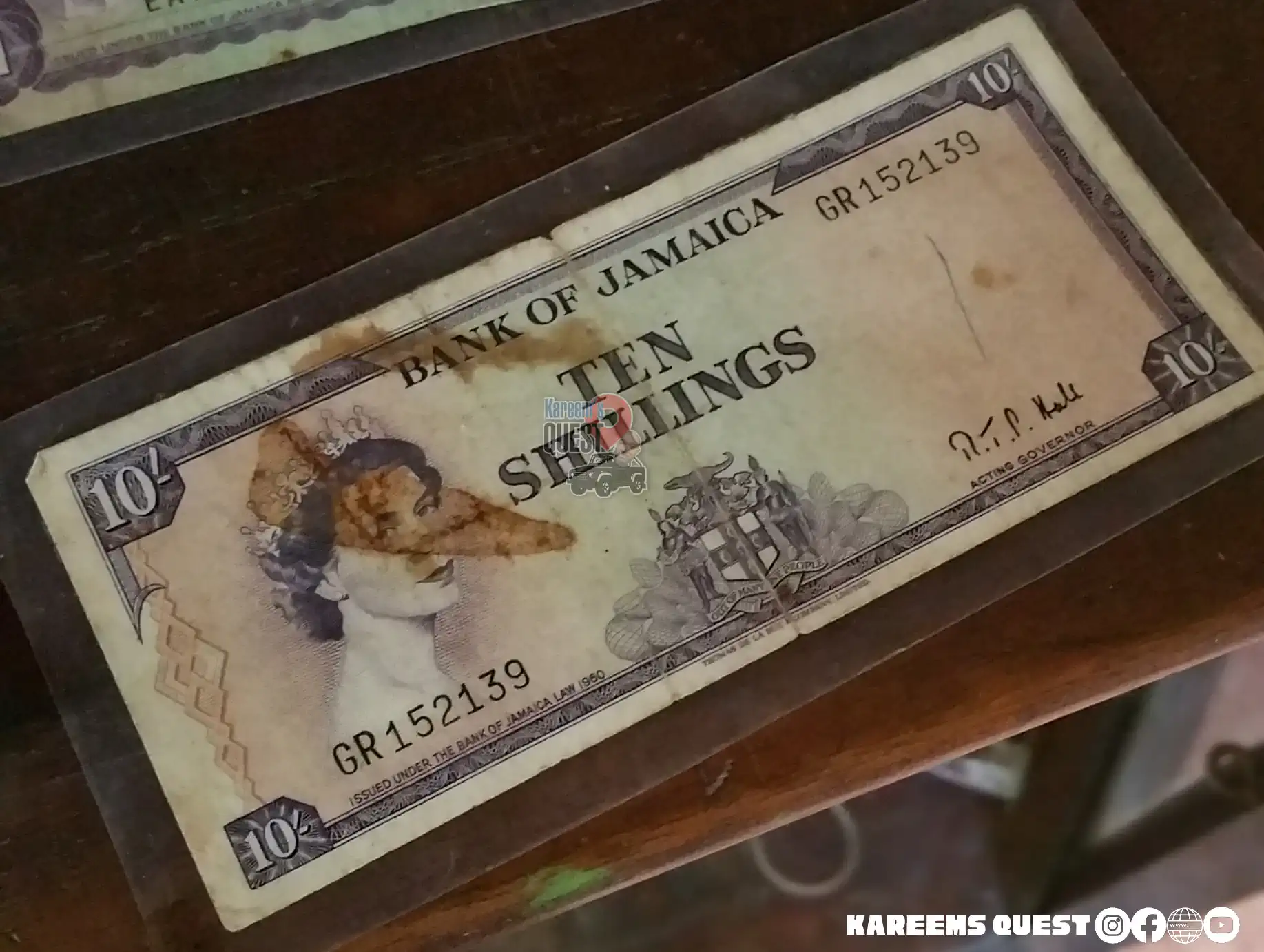
KareemsQuest.com learnt that the first monies that were distributed had the image of Queen Elizabeth II, and the signature of the then governor of the bank, Stanley Payton. In 1968, there came a change in our system, especially since we gained Independence, for example, the images on the monies were no longer that of the queen’s.
They now bore the silhouette of our national heroes, as well as the introduction of the decimal system in our monetary structure.
Dennis Raj, who was 77 years old at the time of this interview with KareemsQuest.com and is a retired attorney-at-law, said Jamaica flourished immensely under its newly independent status.
“Jamaica was extremely progressive and had a growing GDP rate and per capita income, so much so that the Chinese minister, Li Quan Yew, came here and commented on our flourishing economy and wanted to emulate our policies.”
Factories were once mainstays in Jamaica, Marcus Garvey Drive, in Kingston was once the hub of industry and commerce. Raj told KareemsQuest.com, “Marcus Garvey Drive had many factories. Jamaica made everything, from shoe polish, paper, refrigerators and stoves.” He revealed that, “Industrial Terrace got its name because of the growing industry of factories.”
How we bought our Food
“Food supply for the week would cost no more than a quattie and three pence, which was popularly pronounced, ‘thrupance’. This would be equal to about $200 now in our current economy. But people in those days hardly bought food, they mostly grew their food,” he revealed to KareemsQuest.com.
Grocery shops were what we had back then, not supermarkets. Ovaltine, rice, flour, sugar, kerosene oil are just a few things that my family bought. As I said, we never really spent much on things to cook and not even to prepare food. All we had to do was dig and pick our food.
The type of clothes we wore
Every woman in those days knew how to sew, so we hardly had clothes stores, he boldly stated to KareemsQuest.com.
Therefore, we had to buy the cloth to make the clothes. My mother would buy some calico material, which are white empty flour bags, and use those to make clothes, usually underwear, for themselves that would cost about six pence.
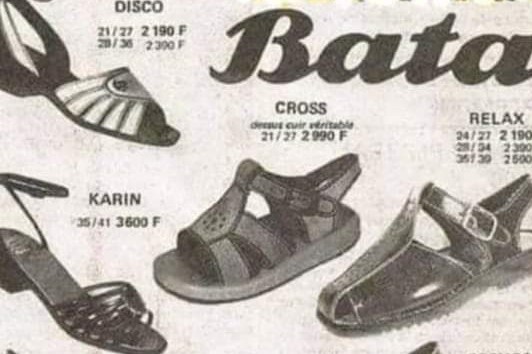
There was a factory in Spanish Town named ‘BATTA’ that would cost us one shilling for those shoes. It was expensive but that lasted me the entire year.
The Cost of Education
I went to Holy Childhood Prep School, and fees at that time would be about three pounds, and then I went to Campion Hall, did a test, and got accepted into George’s Boys’ School. School fees for George’s, back then, cost seven pounds per term. Raj made it clear to KareemsQuest.com that school was expensive at that time, and we had to buy all the books.
My subjects would range from Glgebra, Latin, English Literature and Geography. When I finished high school, I went to England. The first two years, I got a half scholarship, then the last year, I received a full scholarship from the Commonwealth, granted to me by England.
Public Transportation was always punctual
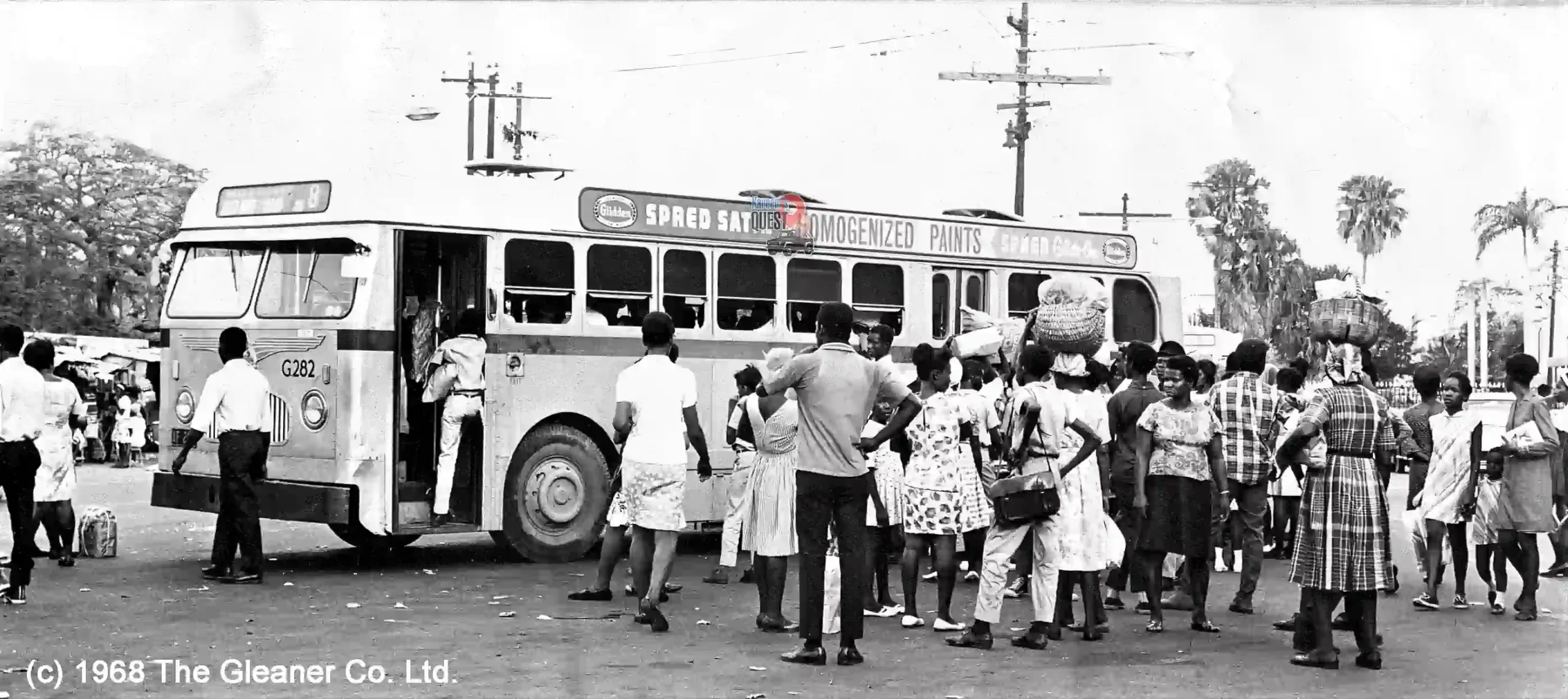
“Jamaica Omni Bus Service was the bus company at that time.
They were long, white buses, and the system was very structured. The buses were punctual, clean and properly maintained. Taking the bus would cost a quattie to a penny per stage.
Question Your answer: Correct answer: Your Answers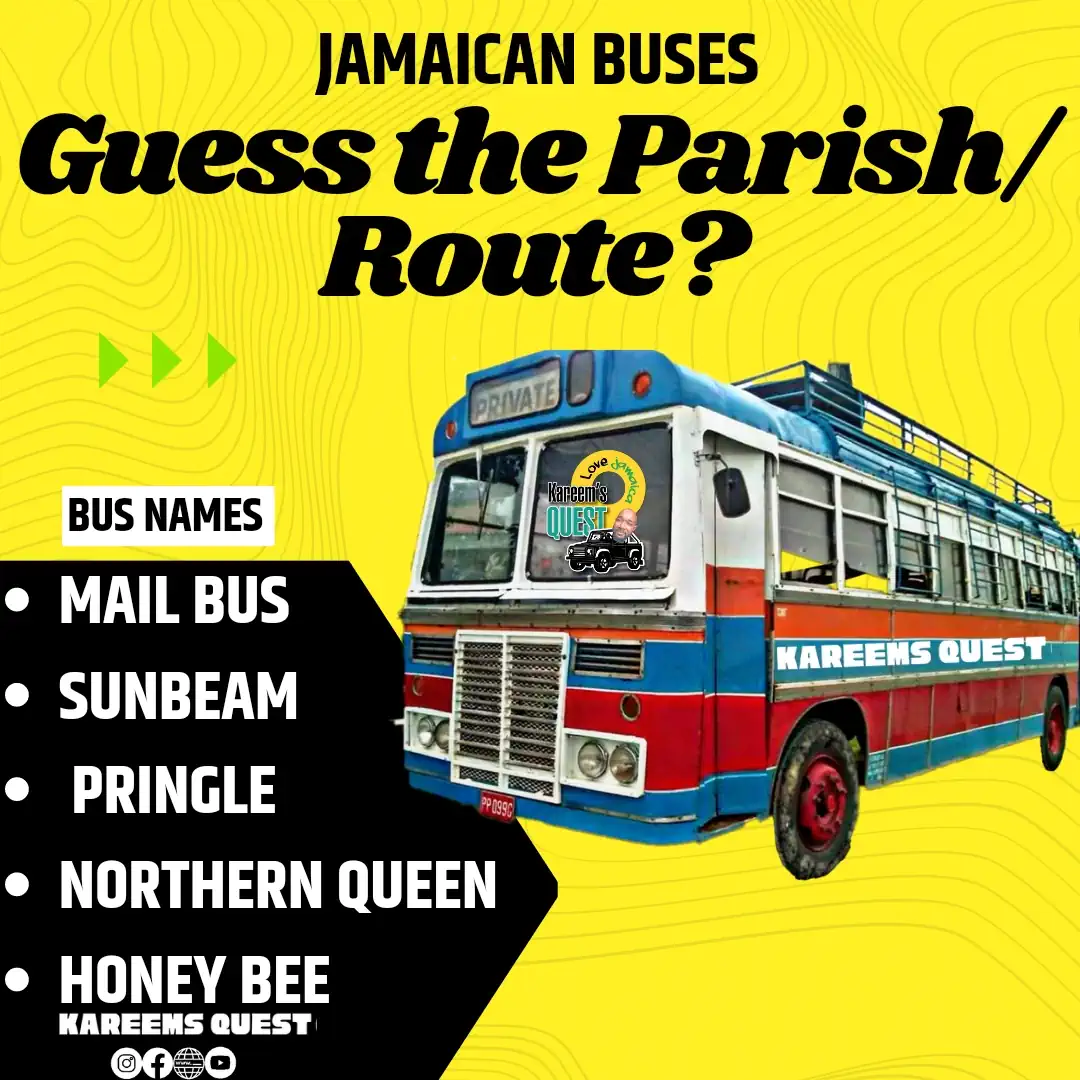
For example, stage one would be from Half-Way Tree to Three Miles or Three Miles to Parade. You could purchase a ticket that would carry you from Half-Way Tree to Papine that would cost four pennies.
The Social Scene
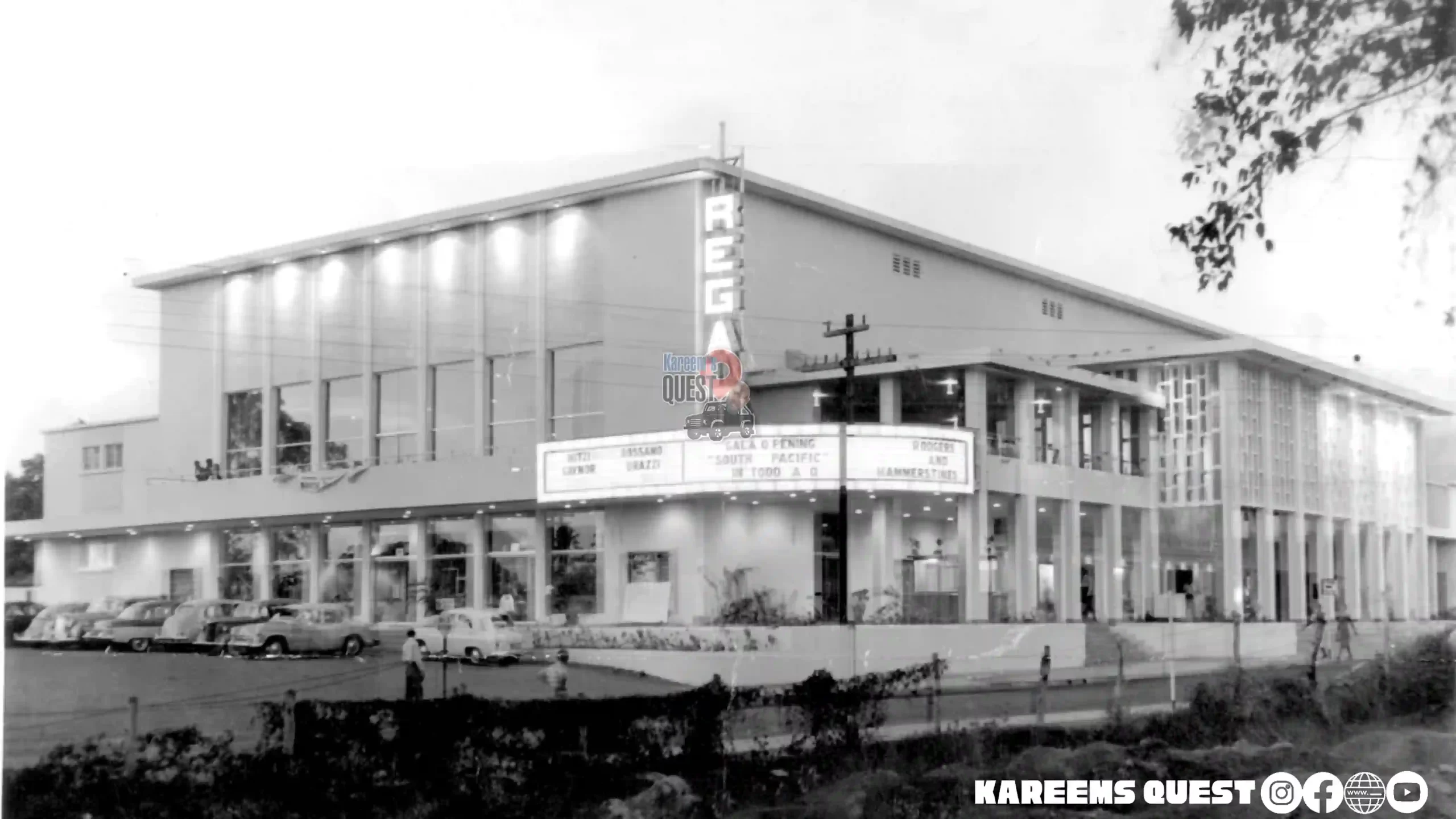
Movies were the main entertainment of those days, he shared these places with KareemsQuest.com; Majesty Theatre, Queen Theatre, Deluxe theatre and Carib theatre were the places I used to go for a good time. The cost would be about one dollar.
House parties used to happen very frequently as well. They were orderly and fun. Those days, everybody knew everybody, no one had to pay. Usually, it was a friend throwing a party, so you just go and enjoy yourself.
Pantomime would cost about five shillings, those were hallmark events that showcased the folklore at that time, with stars like Louise Bennett and Ranny Williams.
Tell us what you remembered about the 60’s by leaving a comment below.
Here are some other interesting RETRO articles on KareemsQuest.com that you may like:
- Remembering Jamaica’s transportation system – JOS Buses
- Sweet Memories: My favourite Jamaican Candies
To get archive articles for photos of Jamaica’s news contact the Gleaner Library 876-932-6231 or library@gleanerjm.com
